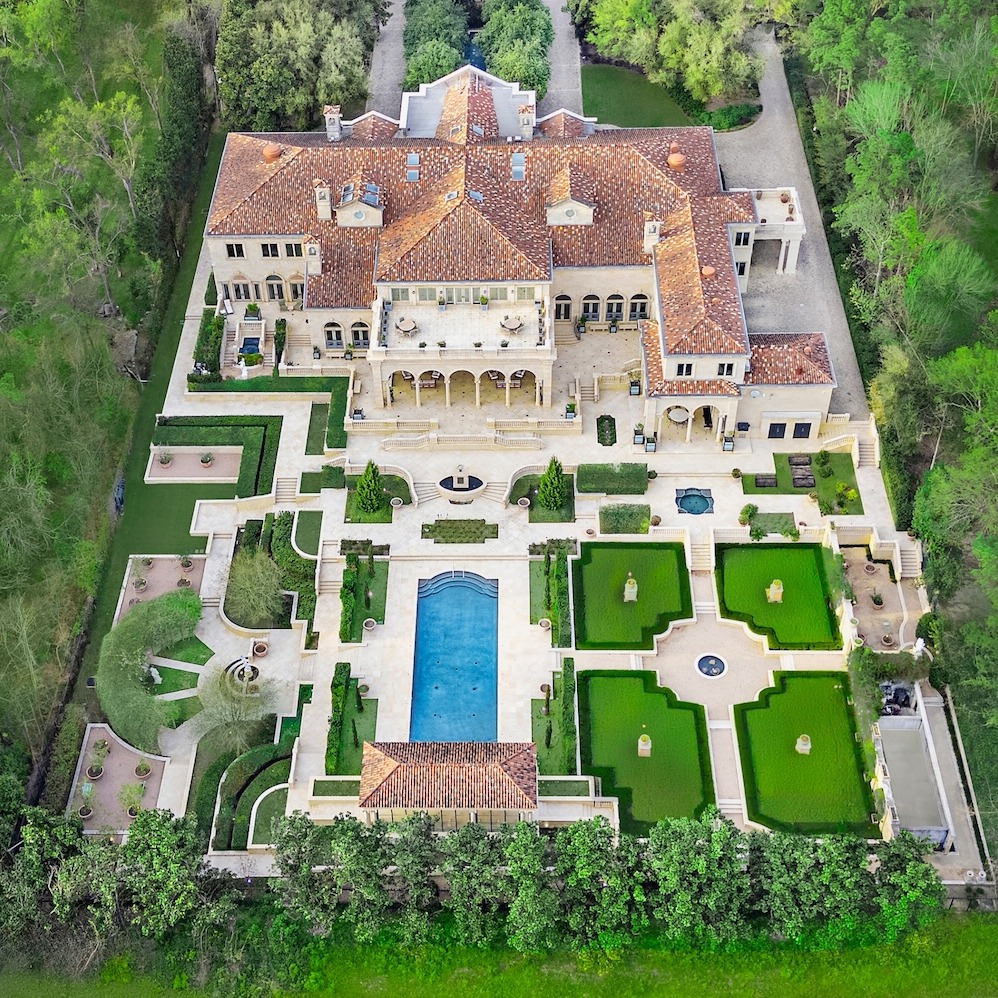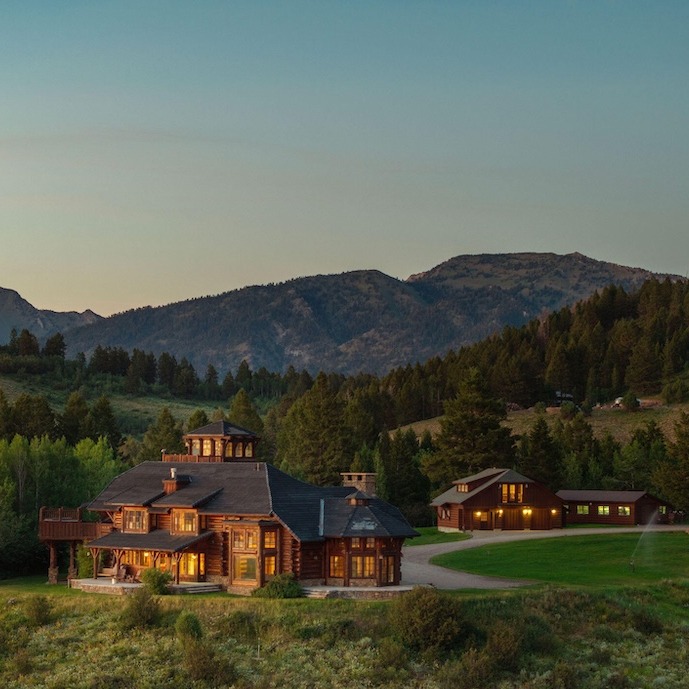Understanding FEMA Flood Zones in Louisiana: A Guide for Home Buyers

Understanding FEMA Flood Zones in Louisiana: A Guide for Home Buyers
When buying a home in Louisiana, understanding flood risks is crucial. With its vast network of rivers, lakes, and proximity to the Gulf of Mexico, much of the state is prone to flooding. As a homebuyer, navigating FEMA flood zones and knowing how they impact insurance requirements and your mortgage is key. Here’s a breakdown to help you make an informed decision.
What Are FEMA Flood Zones?
The Federal Emergency Management Agency (FEMA) designates flood zones across the U.S. to determine the likelihood of flooding in different areas. These zones are identified on Flood Insurance Rate Maps (FIRMs) and help insurance companies, lenders, and homeowners assess flood risks.
Flood zones are classified into two major categories:
- Special Flood Hazard Areas (SFHAs)
- Non-Special Flood Hazard Areas (Non-SFHAs)
Special Flood Hazard Areas (SFHAs)
SFHAs represent areas with a higher probability of flooding—typically, a 1% or greater chance of flooding in any given year, also known as a "100-year flood." For properties in SFHAs, flood insurance is generally mandatory if you're financing the purchase with a federally backed mortgage.
The most common SFHAs include:
-
Zone A: These are areas where there is a high risk of flooding during heavy rainfall, hurricanes, or storm surges. However, base flood elevations (BFEs) haven’t been determined yet. If you're buying in Zone A, your lender will require you to purchase flood insurance. You’ll likely need to consult an insurance agent or surveyor to determine your home's specific risk.
-
Zone AE: Similar to Zone A, but in this zone, BFEs have been established, which means you have more detailed information about how high the water is likely to rise during a flood. Mortgage lenders will also require flood insurance in Zone AE.
-
Zone V: This is a high-risk coastal flood zone, found in areas prone to storm surges, especially along Louisiana's coastline. Like Zone A, insurance is mandatory for federally backed mortgages in Zone V.
-
Zone VE: This zone includes areas with high risk of both flooding and wave action, common in coastal Louisiana. VE zones are considered among the most dangerous, with strict building requirements and mandatory flood insurance for mortgages.
Non-Special Flood Hazard Areas (Non-SFHAs)
Non-SFHA zones are areas with lower to moderate flood risk. While flood insurance is not typically required for federally backed loans, it’s still strongly recommended, especially in a state like Louisiana where weather patterns can be unpredictable. These zones include:
-
Zone X (shaded): These areas have a moderate flood risk, with a 0.2% annual chance of flooding (also called the "500-year flood" zone). Flood insurance is optional but encouraged, especially for peace of mind.
-
Zone X (unshaded): This is the lowest-risk area, with minimal risk of flooding. Though rare, flooding can still occur, so you may want to consider flood insurance, but it won’t be a mortgage requirement.
Why Flood Zones Matter for Homebuyers
Knowing which FEMA flood zone a property is located in is essential because it impacts both your insurance costs and your mortgage approval process. If you're buying a home in a high-risk flood zone (A, AE, V, VE), you’ll be required to carry flood insurance to protect the property. This insurance can significantly add to your monthly housing costs.
In lower-risk zones (X shaded or unshaded), flood insurance isn’t required by lenders, but given Louisiana’s flood history, it's often a good idea to invest in it. According to FEMA, over 25% of flood insurance claims come from outside high-risk zones.
How to Determine a Home’s Flood Zone
You can find out a property’s flood zone by checking FEMA's online flood maps or consulting with your real estate agent. Local government offices may also have updated flood maps that provide insight into whether the property is in an SFHA or Non-SFHA zone.
Final Thoughts: Protect Your Investment
Louisiana's rich, low-lying landscapes make it a beautiful place to live, but flood risks are a reality. As a homebuyer, understanding FEMA flood zones helps you plan for potential risks and ensure you're adequately covered by insurance. Always talk to your real estate agent about a property’s flood zone status, and don't hesitate to get flood insurance, even in lower-risk zones—it could save you thousands in the event of a flood.
Flood zones shouldn’t deter you from purchasing your dream home in Louisiana, but they should remind you of the importance of preparation and protection. With the right knowledge, you can confidently navigate the home-buying process and protect your investment for years to come.
Richard W. Hébert
Real Estate Advisor
Engel & Völkers New Orleans
(504)617-5184
RichardW.Hebert@EngelVoelkers.com
Categories
Recent Posts











